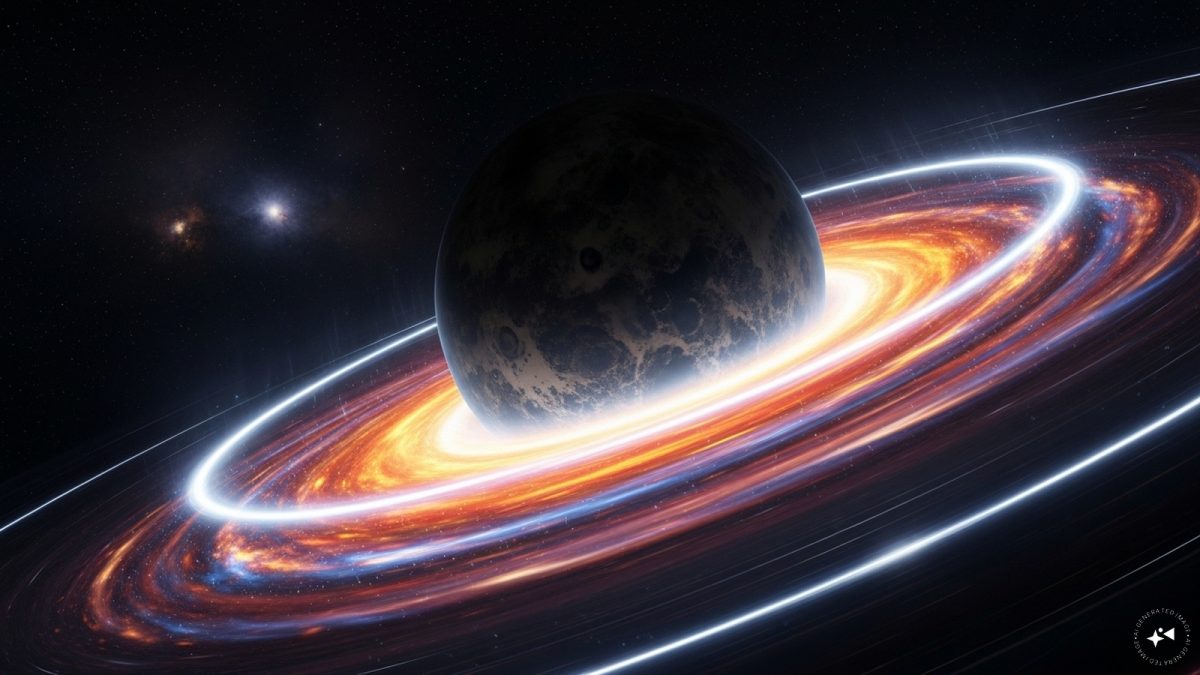Astronomers have observed a rogue planet undergoing an extraordinary growth spurt, a cosmic feast unlike anything seen before, offering rare insights into how planets can evolve even when drifting through the universe without a parent star.
The planet, known as Cha 1107-7626, lies about 620 light-years away in the southern constellation of Chamaeleon. What makes it remarkable is not just its isolation, but its voracious appetite: researchers say it is devouring around six billion tonnes of gas and dust every second, an unprecedented rate for an object of its size.
The findings, published by the European Southern Observatory (ESO), could reshape our understanding of how planets form and survive in the cold depths of interstellar space.
What exactly are rogue planets?
Rogue planets, sometimes called “free-floating” or “orphan” planets — are worlds that drift through space without orbiting a star. Some are thought to have been flung out of their original planetary systems after gravitational clashes, while others may have formed independently, like miniature stars that never ignited.
Because they lack a host star, rogue planets are exceptionally difficult to detect. They emit little light and are usually identified only when they pass in front of distant stars, subtly bending their light through a process called gravitational microlensing.
Scientists estimate that our galaxy alone could host billions of these solitary wanderers, some smaller than Earth, others as massive as Jupiter or even brown dwarfs — celestial objects that blur the line between planets and stars.
Cha 1107-7626 falls into the latter category. It is believed to be between five and ten times the mass of Jupiter, making it a giant by planetary standards, yet still too small to trigger the nuclear fusion that powers stars.
Impact Shorts
More ShortsA record-breaking growth spurt
What has astonished astronomers is that this rogue planet appears to be actively growing, something never before observed in such an object. Using the Atacama Large Millimeter/submillimeter Array (ALMA) in Chile, researchers detected intense bursts of radiation and infrared emissions — signatures of gas and dust falling onto the planet’s surface.
“This is the first time we’ve caught a free-floating planet in the act of feeding,” said Dr. María Rosa Zapatero Osorio, an astronomer involved in the discovery. “It’s a remarkable window into how isolated planets can still gain mass, even without a parent star.”
Cha 1107-7626 appears to be enveloped in a rotating disk of material, similar to the protoplanetary disks that surround young stars. But instead of orbiting a sun, this disk orbits the planet itself — a sign that it is drawing in raw material from its surroundings.
The process is astonishingly energetic: the planet’s growth rate is about 100 times faster than typical accretion rates seen around normal young planets.
Why this discovery matters
This unexpected behaviour challenges long-held assumptions about planet formation. Until now, most theories suggested that planets form only within the warm, material-rich environments surrounding stars.
But Cha 1107-7626’s growth suggests that planetary formation and accretion can occur even in isolation, hinting that nature has more than one recipe for making planets.
“Finding a free-floating planet that’s still feeding on gas and dust tells us that these worlds can evolve in ways we didn’t anticipate,” said Dr. Kevin Luhman of Pennsylvania State University, one of the study’s co-authors. “It blurs the line between how stars and planets grow.”
The discovery also offers a clue to how rogue planets might maintain satellite systems or rings. If a massive enough disk forms around such a planet, it could eventually give rise to moons, much like how Jupiter’s moons emerged from its ancient disk billions of years ago.
A mystery adrift in the dark
Rogue planets like Cha 1107-7626 are, by their very nature, elusive. With no nearby star to illuminate them, they wander the galaxy as cold, dim objects, visible only to the most sensitive telescopes.
Yet, these cosmic nomads could play a major role in understanding both the origins of planetary systems and their destruction. Some astronomers even speculate that rogue planets might occasionally pass through other solar systems, influencing the orbits of existing worlds or, in rare cases, being captured by new stars.
As telescopes such as NASA’s James Webb Space Telescope (JWST) and ESO’s upcoming Extremely Large Telescope (ELT) come online, scientists hope to detect more of these loners and uncover the secrets of how they live and grow.
For now, Cha 1107-7626 stands as the youngest, hungriest rogue planet ever seen, rewriting what we thought we knew about the limits of planetary formation.
A new cosmic frontier
The discovery not only pushes the boundaries of planetary science but also underscores how much remains unknown about the Milky Way’s hidden population of worlds.
As Dr. Osorio puts it: “Every time we look deeper into the universe, we find that nature’s creativity exceeds our imagination. Rogue planets are just one more reminder that the cosmos doesn’t always play by our rules.”
With inputs from agencies
)